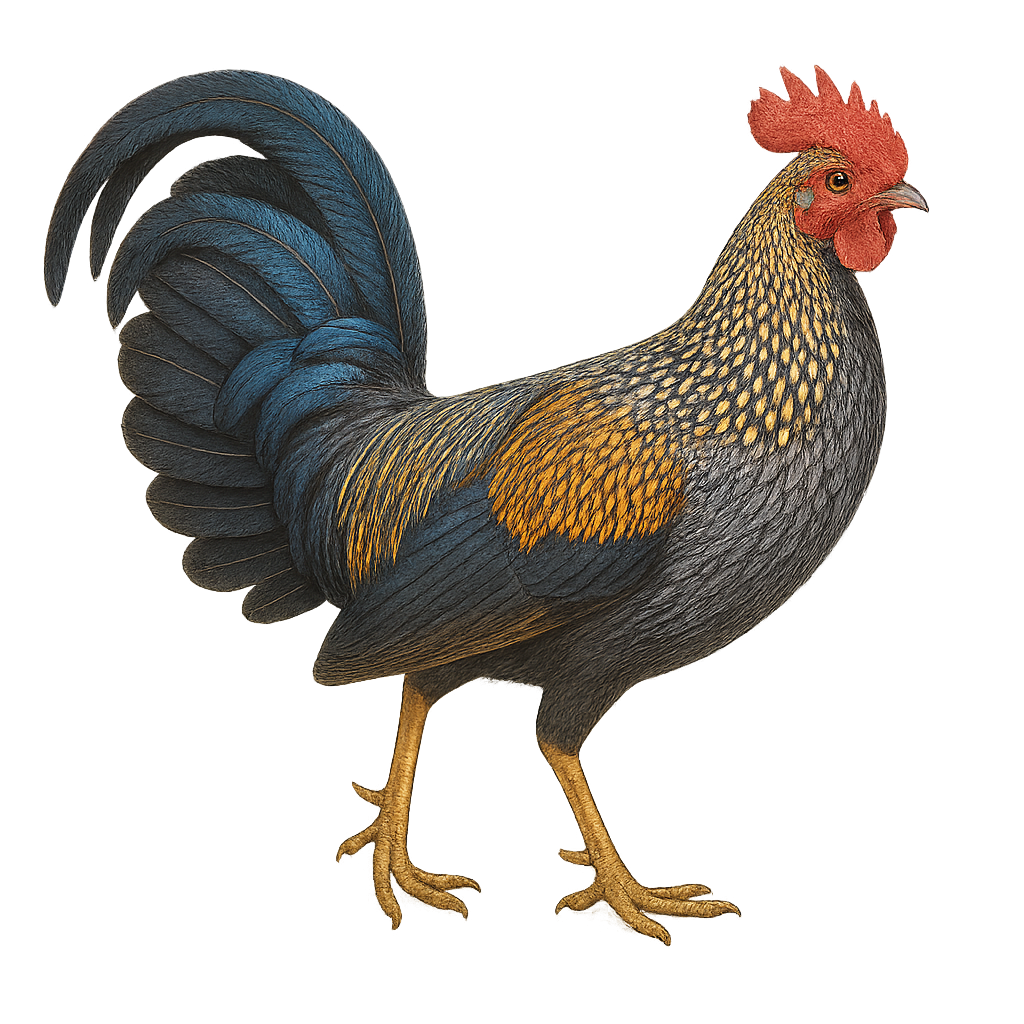Your wildlife photography guide.
Explore the grey junglefowl in detail, study its behavior, prepare your shots.
Where to observe and photograph the grey junglefowl in the wild
Learn where and when to spot the grey junglefowl in the wild, how to identify the species based on distinctive features, and what natural environments it inhabits. The WildlifePhotographer app offers tailored photography tips that reflect the grey junglefowl’s behavior, helping you capture better wildlife images. Explore the full species profile for key information including description, habitat, active periods, and approach techniques.
Grey Junglefowl
Scientific name: Gallus sonneratii

IUCN Status: Least Concern
Family: PHASIANIDAE
Group: Birds
Sensitivity to human approach: Suspicious
Minimum approach distance: 10 m
Courtship display: February to May
Incubation: 21-23 jours
Hatchings: February to June
Habitat:
Dense forests, wooded areas, clearings
Activity period :
Primarily active during the day, with peak activity in the morning and late afternoon.
Identification and description:
The Grey Junglefowl, or Gallus sonneratii, is a pheasant species native to the forests of southern India. Known for its striking plumage, it features shades of grey, black, and metallic sheens. Males have a vivid red comb and wattles, along with neck feathers that resemble golden filaments. These birds are primarily terrestrial, preferring dense forests and wooded areas. They feed on seeds, insects, and small invertebrates. The Grey Junglefowl plays a crucial role in the ecosystem by aiding in seed dispersal. Although relatively common in its natural habitat, it faces threats from habitat loss due to deforestation.
Recommended lens:
400 mm – adjust based on distance, desired framing (portrait or habitat), and approach conditions.
Photography tips:
To photograph the Grey Junglefowl, aim for early morning hours when the light is soft and bird activity is at its peak. Use a telephoto lens of at least 400mm to capture details without disturbing the bird. Be patient and discreet, hiding behind bushes or trees to avoid scaring them away. A tripod can be helpful to stabilize your camera, especially when using a long focal length.
The WildlifePhotographer App is coming soon!
Be the first to explore the best nature spots, track rutting seasons, log your observations, and observe more wildlife.
Already 1 429 wildlife lovers subscribed worldwide

